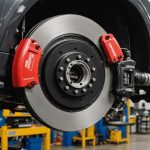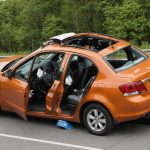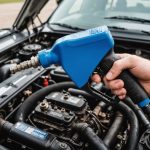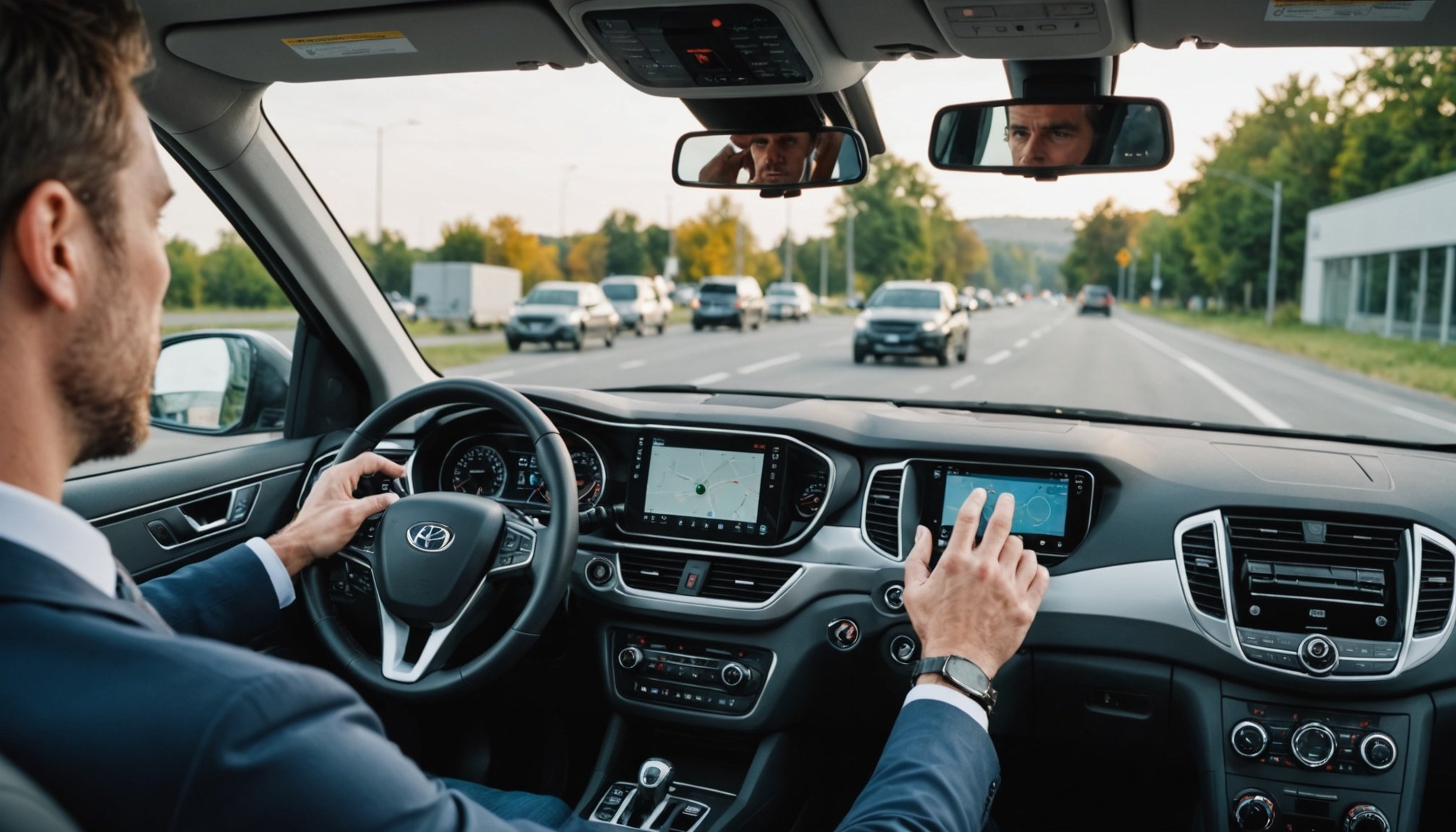In today’s rapidly advancing automotive landscape, staying up-to-date with the latest vehicle safety technologies is not just a matter of interest but a necessity. As we edge closer to a future dominated by connected cars and autonomous driving, understanding these technologies can not only enhance your driving experience but also significantly reduce the risk of accidents on the road. This article aims to provide you with comprehensive insights into the advanced systems that are shaping the future of driving safety.
Understanding Advanced Vehicle Safety Systems
Introduction to Advanced Safety Systems
The automobile industry is on a relentless quest to make driving safer for everyone. Modern cars are equipped with systems designed to anticipate and mitigate potential hazards. As drivers, understanding these technologies is crucial. Road safety has fundamentally transformed with the advent of advanced vehicle safety systems such as lane-keeping assist, adaptive cruise control, and automatic emergency braking.
Also to read : Boosting Convertible Safety: How a Roll Bar Can Make a Difference
Exploring Key Technologies
-
Lane-Keeping Assist: This technology uses cameras or sensors to detect the car’s position within the lane. If the vehicle starts to drift without signaling, the system gently steers it back into place, reducing the likelihood of crashes.
-
Adaptive Cruise Control: Unlike traditional cruise control, this system maintains a safe distance from the car ahead by adjusting the vehicle’s speed automatically. This feature is especially useful during long highway journeys, where fatigue can set in.
Also to discover : Essential Safety Measures for Testing and Fine-Tuning High-Performance Brake System Alignment
-
Automatic Emergency Braking: Perhaps one of the most significant advancements, this system detects a potential collision and applies the brakes if the driver does not respond in time, minimizing the impact or preventing the accident altogether.
Benefits and Limitations
While these vehicle safety systems undoubtedly enhance road safety, they are not foolproof. They depend heavily on sensors and can be affected by weather conditions or poor maintenance. Drivers must remain vigilant and not become overly reliant on technology to control the vehicle.
Keeping Updated with Safety Features in Modern Cars
Introduction to Staying Informed
For you to make informed decisions about your next car purchase and driving habits, maintaining a pulse on emerging safety features in vehicles is vital. The automotive industry is saturated with innovations, and knowing which technologies are worth investing in can be challenging.
Resources for the Latest Information
-
Online Automotive Journals and Websites: Websites such as Edmunds, Car and Driver, and MotorTrend are excellent resources for the latest updates on car safety features. They provide detailed reviews and comparisons of different vehicles.
-
Automotive Trade Shows: Events like the Consumer Electronics Show (CES) and the North American International Auto Show (NAIAS) often showcase cutting-edge safety technologies. Attending these shows gives you firsthand experience with the latest features.
-
Manufacturer Websites: Car manufacturers often have dedicated sections on their websites detailing their latest safety systems and innovations. Subscribing to their newsletters can keep you informed of new releases and updates.
The Role of Professional Reviews and Social Media
While professional reviews offer detailed insights, social media platforms like YouTube and Instagram host a plethora of content from influencers and drivers who test and demonstrate these technologies in real-world scenarios. Following reputable channels can augment your understanding of what’s available and effective.
Importance of Staying Informed
Keeping abreast of these technologies ensures that you are well-prepared to make decisions that can enhance the safety of your travel. It empowers you to choose a vehicle equipped with the most effective systems to protect you and your loved ones.
The Impact of Safety Technology on Driving
Introduction to Technology’s Role in Driving
The influence of technology on driving cannot be overstated. From preventing crashes to alleviating driver fatigue, the positive impacts of advanced safety systems are visible across the board. Understanding these impacts can help you appreciate the value of such technologies in vehicles.
Enhancing Driver Awareness
-
Blind Spot Detection: Modern cars come with sensors that alert drivers about vehicles in their blind spot, providing greater confidence during lane changes.
-
Driver Attention Monitoring: These systems track the driver’s behavior and issue warnings if they detect signs of drowsiness or inattention.
Reduction in Crash Rates
Statistics from the National Highway Traffic Safety Administration (NHTSA) indicate a significant decline in crash rates due to these technologies. Cars equipped with advanced safety features have shown a remarkable reduction in collisions, underscoring the importance of these innovations.
Challenges and Considerations
Even with these advancements, issues persist. Technology can fail or misinterpret data, highlighting the need for ongoing development and vigilance. Furthermore, not all drivers are familiar or comfortable with using these features, emphasizing the importance of education and training.
Future Prospects
As technology continues to evolve, the goal is to create a seamless integration that enhances safety without overwhelming the driver. The future promises more intuitive and efficient systems that will further reduce the risk of accidents, making the roads safer for everyone.
As we move forward into a more technologically integrated era, staying informed about the latest vehicle safety systems is paramount. These systems are designed not just to protect but also to enhance your driving experience. By leveraging various resources, from automotive journals to social media, you can remain updated on innovations that are reshaping road safety. Advanced technologies are not a replacement for driver responsibility but rather a complement that can make a significant difference in preventing accidents and ensuring a safer journey for all. Embrace these advancements, and be proactive in keeping your knowledge current, for the benefit of all road users.











